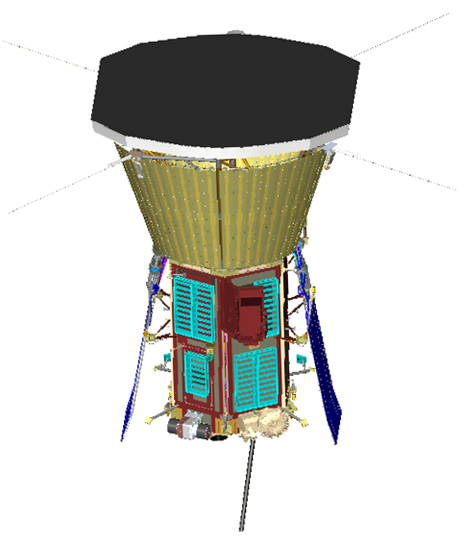There are two primary dust populations near 1 AU, interplanetary dust (IPD) and interstellar dust (ISD) [Mann, 2010]. I also discussed dust observations in detail at https://physics.stackexchange.com/a/160627/59023.
Interplanetary Dust
IPD of ~1 $\mu$m size drift sunward due to Poynting-Robertson drag while following roughly Keplerian orbits [e.g., Malaspina et al., 2014]. Closer to the sun, these particles break up due to collisions, sublimation/ablation, and/or sputtering.
Dust grains of ~0.1 $\mu$m size are the so-called "$\beta$ meteorites", which travel away from the sun due to the imbalance of radiation pressure over gravity [Mann, 2010].
The smallest dust grains with $\ll$ 0.1 $\mu$m size, the so-called nanograins or nanodust, act like large pickup ions, which are carried anti-sunward by the frame-dependent convective electric field (i.e., just the Lorentz force) produced when the dust grain moves relative to the solar wind flow (i.e., $\mathbf{E}_{conv} = - \mathbf{V}_{sw} \times \mathbf{B}_{sw}$, where the subscript $conv$($sw$) stands for convective(solar wind), and $\mathbf{V}$ and $\mathbf{B}$ are the bulk flow velocity and quasi-static magnetic field). These particles can reach speeds in excess of 100 km/s relative to the sun [Meyer-Vernet et al., 2009].
Interstellar Dust
ISD was first discovered by the Ulysses spacecraft, which is ~1 $\mu$m size and moves at ~26 km/s relative to the solar system barycenter. More recent work [Malaspina et al., 2014] has found a relationship between dust impact count rates and ecliptic longitude.
The reason can be seen from the following. The Earth's transverse speed about the sun is ~29 km/s. Thus, when the Earth moves anti-parallel(parallel) to the ISD flow direction the relative dust-spacecraft speed is ~55(~3) km/s, which produced an enhanced(depressed) dust count rate. This occurs because there is a threshold impact speed necessary to produce a large enough plasma cloud (i.e., $\gtrsim$5-10 km/s depending on dust size) [Meyer-Vernet et al., 2009; 2014].
What is the origin of the dust near the sun?
The primary sources of ~1 $\mu$m size near 1 AU are cometary debris trails, asteroids, planets, moons, and ISD [Mann, 2010; Zaslavsky, 2015].
Simply put - wouldn't the gravity pull it in or the solar wind blow it away?
Some are attracted by a combination of gravity and Poynting-Robertson drag while the smaller grains are either "pushed" out by radiation pressure (i.e., $\beta$ meteorites) or "picked-up" by the solar wind Lorentz force (i.e., nanodust).
References
- D.M. Malaspina et al., "Interplanetary and interstellar dust observed by the Wind/WAVES electric field instrument," Geophys. Res. Lett. 41, pp. 266-272, doi:10.1002/2013GL058786, 2014.
- Mann, I. "Interstellar Dust in the Solar System," Annual Review of Astronomy and Astrophysics 48, pp. 173-203, doi:10.1146/annurev-astro-081309-130846, 2010.
- Meyer-Vernet, N., et al. "Dust detection by the Wave instrument on STEREO: Nanoparticles picked up by the solar wind?," Sol. Phys. 256, pp. 463-474, doi:10.1007/s11207-009-9349-2, 2009.
- Meyer-Vernet, N., et al. "The importance of monopole antennas for dust observations: Why Wind/WAVES does not detect nanodust," Geophys. Res. Lett. 41, pp. 2716-2720, doi:10.1002/2014GL059988, 2014.
- Zaslavsky, A. "Floating potential perturbations due to micrometeoroid impacts: Theory and application to S/WAVES data," J. Geophys. Res. 120, pp. 855-867, doi:10.1002/2014JA020635, 2015.


